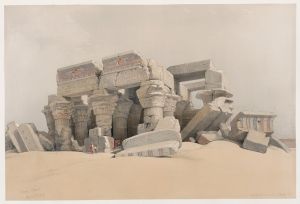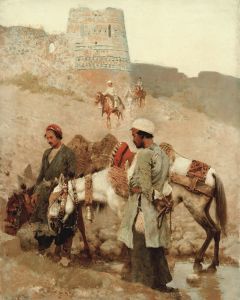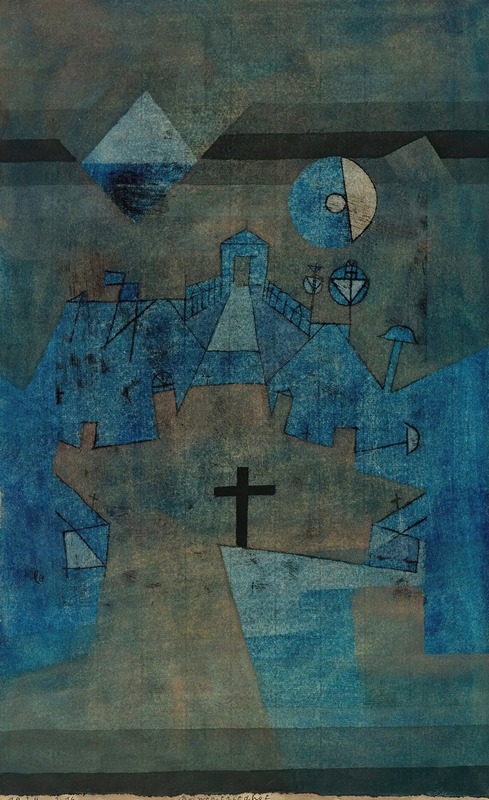
Dünenfriedhof
A hand-painted replica of Paul Klee’s masterpiece Dünenfriedhof, meticulously crafted by professional artists to capture the true essence of the original. Each piece is created with museum-quality canvas and rare mineral pigments, carefully painted by experienced artists with delicate brushstrokes and rich, layered colors to perfectly recreate the texture of the original artwork. Unlike machine-printed reproductions, this hand-painted version brings the painting to life, infused with the artist’s emotions and skill in every stroke. Whether for personal collection or home decoration, it instantly elevates the artistic atmosphere of any space.
Paul Klee (1879–1940) was a Swiss-born artist whose highly individual style was influenced by movements in art that included Expressionism, Cubism, and Surrealism. His works reflect his dry humor and his sometimes childlike perspective, his personal moods and beliefs, and his musicality. One of his notable works is "Dünenfriedhof" (translated as "Dune Cemetery"), created in 1920.
"Dünenfriedhof" is a watercolor and ink on paper, showcasing Klee's characteristic use of color and abstract forms. The painting measures 24.5 x 32.5 cm and is part of the collection at the Kunstmuseum Basel in Switzerland. The title "Dünenfriedhof" suggests a cemetery located in the dunes, which aligns with Klee's frequent exploration of themes related to nature and the metaphysical.
In "Dünenfriedhof," Klee employs a muted palette dominated by earthy tones, which evoke the sandy environment of dunes. The composition is abstract, with geometric shapes and lines that hint at the forms of graves and tombstones, blending seamlessly into the undulating landscape of the dunes. This abstract representation allows viewers to interpret the scene in various ways, reflecting Klee's belief in the power of art to transcend literal representation and evoke deeper emotional and spiritual responses.
Klee's work during this period was heavily influenced by his experiences during World War I and his subsequent return to teaching at the Bauhaus in Weimar. The somber mood of "Dünenfriedhof" can be seen as a reflection of the post-war atmosphere and Klee's own contemplations on mortality and the passage of time. The painting's abstract nature and subdued colors convey a sense of quiet reflection and introspection.
Paul Klee's innovative approach to art, characterized by his use of color theory and his exploration of abstraction, has made him a pivotal figure in modern art. His works, including "Dünenfriedhof," continue to be studied and admired for their unique blend of whimsy, depth, and technical skill. The painting stands as a testament to Klee's ability to convey complex emotions and ideas through simple yet profound visual means.
"Dünenfriedhof" remains an important piece within Klee's oeuvre, exemplifying his mastery of watercolor and his ability to create evocative, thought-provoking works. It is a prime example of how Klee's art transcends traditional boundaries, inviting viewers to engage with the work on multiple levels and to find their own meanings within the abstract forms and subtle hues.





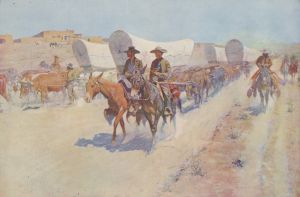
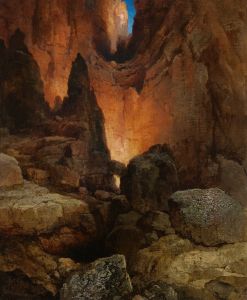
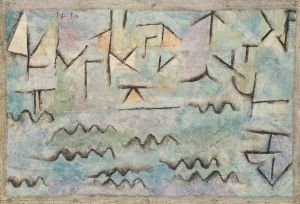
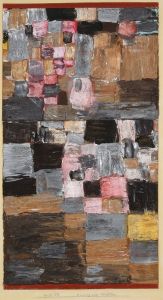
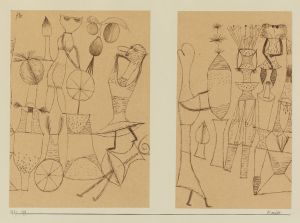

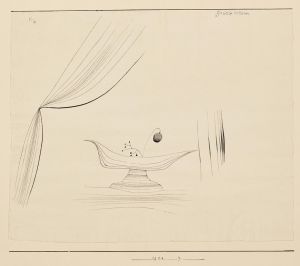
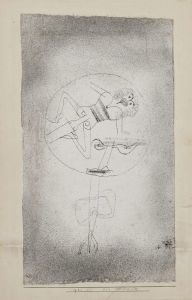
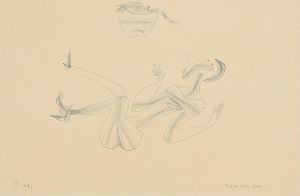
![Colossus in front of Temple of Wady Saboua [Wadi al-Sabua], Nubia.](/imgs/217471/s/david-roberts-colossus-in-front-of-temple-of-wady-saboua-wadi-alsabua-nubia-503a97c9.jpg)
![Karnac [Karnak]. Nov. 29th, 1838.](/imgs/217502/s/david-roberts-karnac-karnak-nov-29th-1838-8df2346d.jpg)
